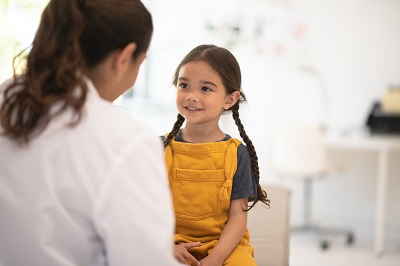Condition
Pediatric Skeletal Dysplasias
What You Need to Know
Skeletal dysplasia describes a category of rare genetic disorders that affect bones and joints and hinder children’s growth and development. The disorder causes abnormally shaped bones, especially in the head, spine and long bones of the arms and legs.
Key Symptoms
The most common symptoms of skeletal dysplasia are:
- Short stature or slow growth
- Disproportionately large head, especially the forehead
- Disproportionately short upper arms and thighs
Diagnosis
Doctors typically diagnose skeletal dysplasia by:
- X-ray
- MRI
- CT scan
- Prenatal ultrasound
- Genetic testing
Treatment
Treatment may include:
- Growth hormones
- Physical therapy
- Back braces
- Surgery
Schedule an Appointment
Our pediatric specialists provide personalized care for your child’s physical, mental and emotional health needs. Meet our providers and schedule an appointment today.
Frequently Asked Questions
What causes skeletal dysplasia?
Types of skeletal dysplasia
Symptoms of skeletal dysplasia
How is skeletal dysplasia diagnosed?
Treatments for skeletal dysplasia
Additional resources
Meet the Providers Who Treat Skeletal Dysplasias
Departments that Treat Skeletal Dysplasias

Orthopaedic Surgery and Sports Medicine
Ranked among the best in the nation by U.S. News & World Report, our pediatric orthopaedic and sports medicine teams are a top choice for spine deformities like scoliosis, bone health, orthopaedic surgery and other treatments.

Help Kids and Make a Difference
Invest in future cures for some of life's most devastating diseases. Give today to help more children grow up stronger.










